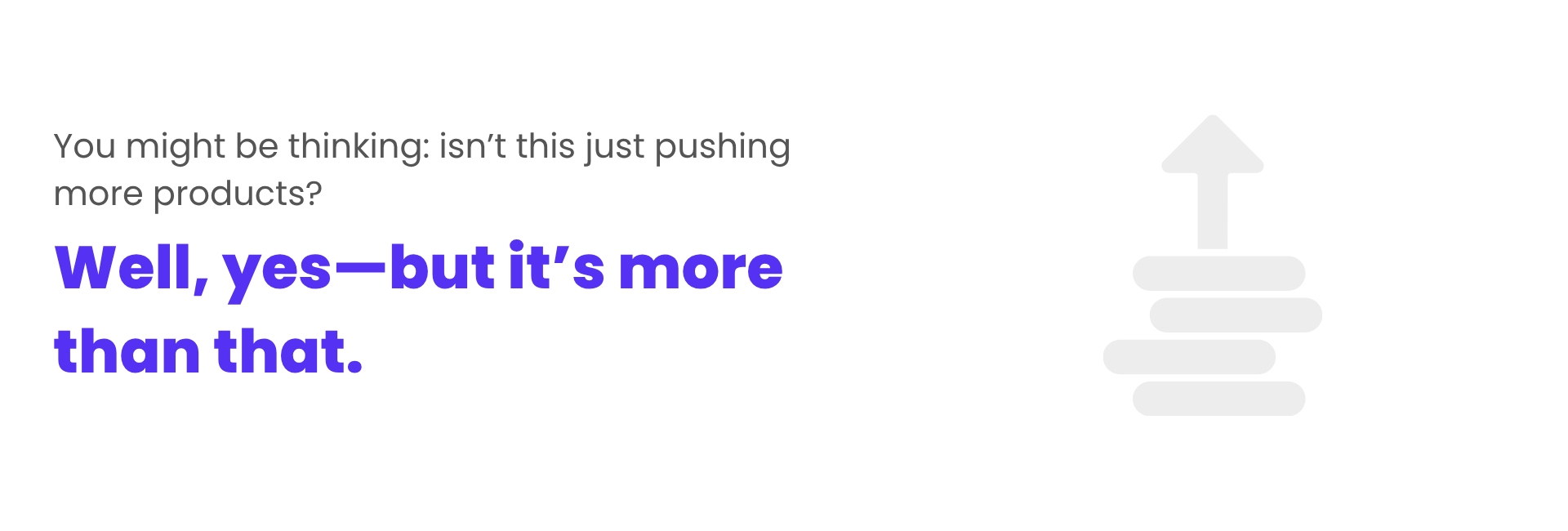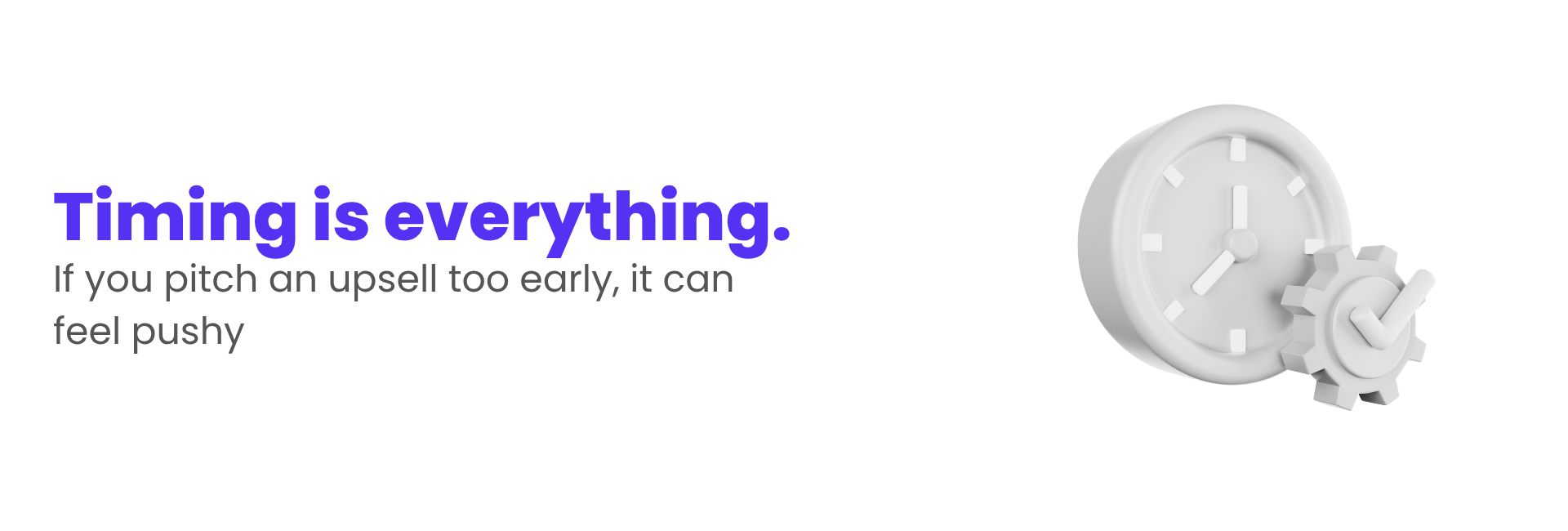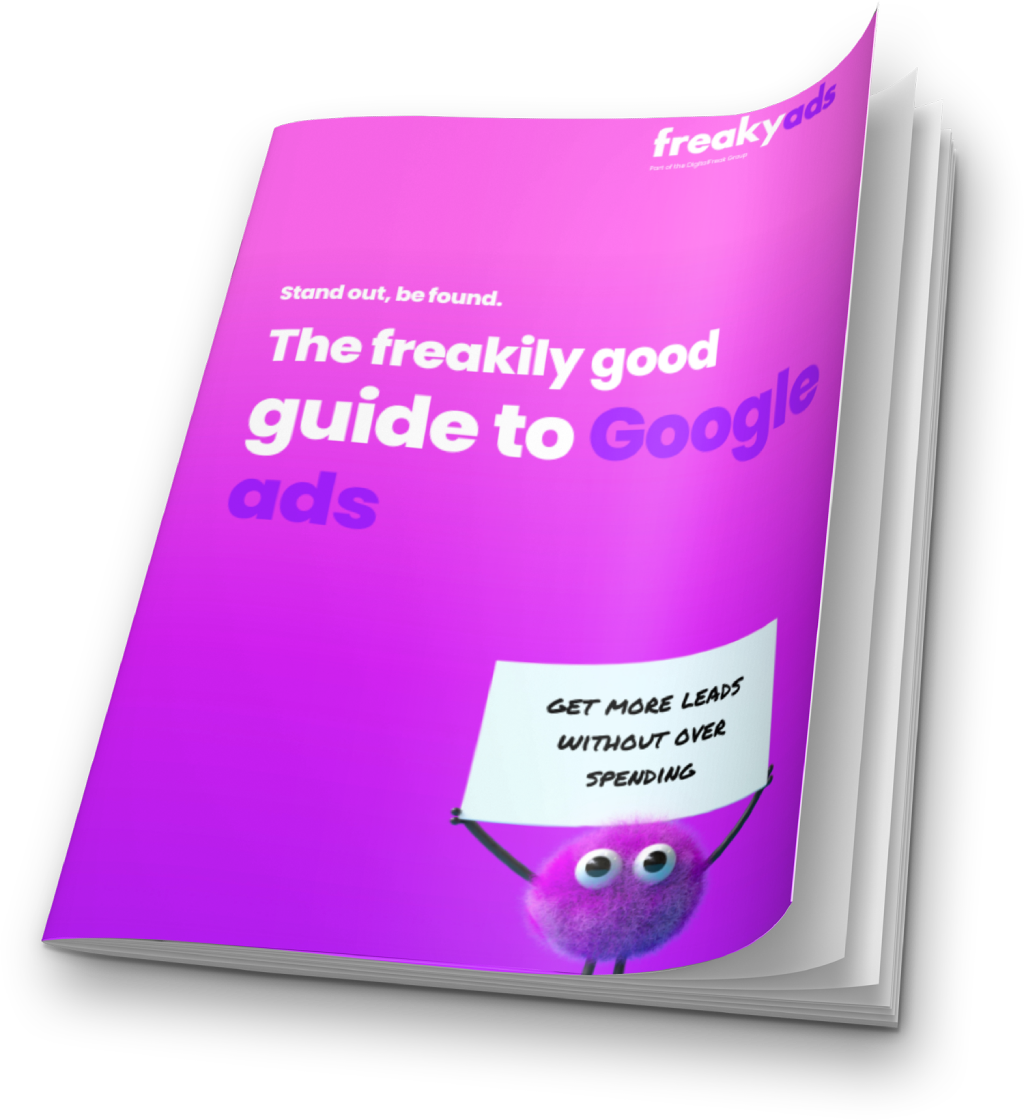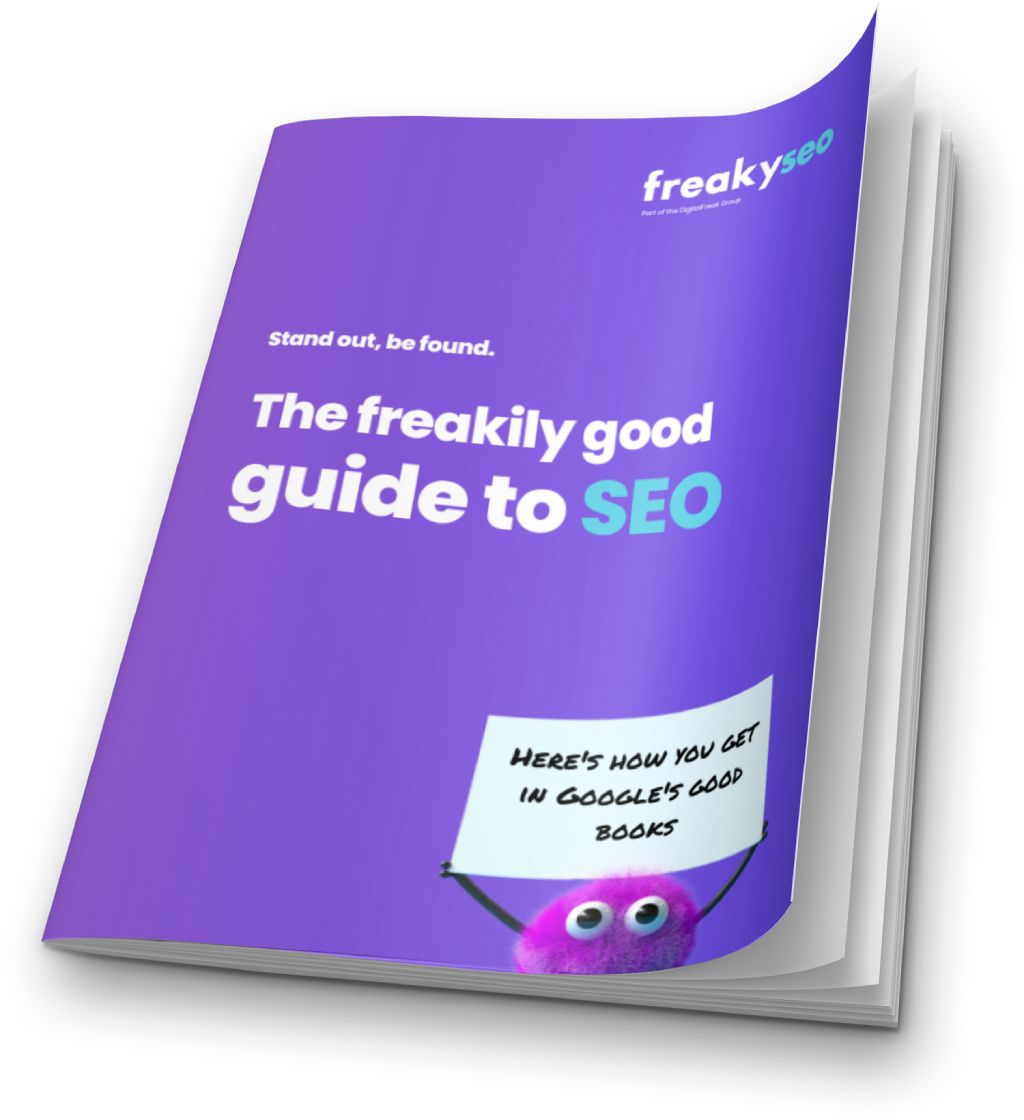In the bustling world of modern business, there’s a secret to growth that’s been around for decades: not just selling more, but selling smarter. That’s where cross-selling and upselling come into play. But don’t let the corporate jargon fool you—these are simply clever ways of helping your customers find more of what they want (and what they didn’t even know they wanted!).
Today, let’s dig into exactly what cross-selling and upselling are, why they’re such powerful digital strategies, and how your business can harness them to boost revenue, enhance customer satisfaction, and build long-term relationships.
What’s the Difference? Cross-Selling vs. Upselling
Let’s start with the basics:
Cross-selling is about suggesting complementary products or services to the one a customer is already buying. Think of it as the classic “Would you like fries with that?” at your local burger joint. In retail, it might be offering a phone case to someone buying a new mobile phone.
Upselling is about suggesting a better or upgraded version of what the customer is considering. This could mean encouraging someone to choose the larger coffee size for an extra dollar, or guiding them to the deluxe version of a product that has more features.
Both strategies aim to increase the total purchase value and deepen the customer relationship. But they do it in slightly different ways.

Why Should You Care About Cross-Selling & Upselling?
You might be thinking: isn’t this just pushing more products? Well, yes—but it’s more than that. Here’s why it matters:
Higher Customer Lifetime Value – When you cross-sell or upsell, you’re not just making a single sale; you’re often increasing the average value of that customer over time. They’re buying more, and they’re more likely to return because you’re meeting their needs.
Better Customer Experience – You’re not just selling random add-ons; you’re helping customers get the best out of what they’re buying. You’re anticipating their needs and providing value.
More Profit, Less Effort – Acquiring new customers can be expensive. Cross-selling and upselling target people already interested in your brand, making these sales easier (and cheaper!).
Here’s what the data says:
According to Forrester Research, product recommendations can account for up to 30% of e-commerce revenues.
McKinsey found that cross-selling strategies can increase sales by 20% and profits by 30%.
Research by HubSpot shows that existing customers are 50% more likely to try new products and spend 31% more compared to new customers.
In short, cross-selling and upselling aren’t just good ideas—they’re revenue-boosting powerhouses.
Real-World Examples: Cross-Selling & Upselling in Action
Let’s bring this to life with some examples you’ll recognise:
Amazon’s “Frequently Bought Together” – When you’re about to check out, Amazon suggests complementary products. Buying a camera? Here’s a tripod and memory card to go with it.
Spotify Premium – Spotify offers a free version, but they’re constantly upselling you to their premium, ad-free service.
Restaurants – “Would you like to make that a meal deal?” That’s upselling. “How about a dessert or a coffee to go with your meal?” That’s cross-selling.
The beauty of these strategies is that they work across industries, from e-commerce and SaaS to hospitality and healthcare.
The Psychology Behind the Sale
Why do cross-selling and upselling work so well? It’s all about psychology.
The Power of Suggestion – When you suggest complementary or upgraded items, you’re guiding the customer’s thinking and reducing the mental effort they need to make the decision.
The Halo Effect – When people are already feeling good about a purchase, they’re more open to buying more. It’s a natural extension of their positive experience.
FOMO (Fear of Missing Out) – Limited-time deals or bundle discounts play into our fear of missing out on something valuable, nudging us to say “yes” when we might otherwise have passed.
Practical Strategies to Make Cross-Selling & Upselling Work
Let’s get practical. Here’s how to build these techniques into your sales process without feeling pushy or turning customers off:
1. Know Your Customer’s Needs
Start by listening and understanding what your customer really wants. The more you know about them, the easier it is to suggest products or services they’ll find valuable.
For instance, if you run a hair salon and a customer books a haircut, you might suggest a deep conditioning treatment (cross-sell) or recommend a more premium haircut package with added styling (upsell).
2. Keep It Relevant
The key to successful cross-selling and upselling is relevance. Don’t just throw random add-ons at your customer—offer items that genuinely enhance their experience.
For example, if someone’s buying a laptop, suggesting a warranty extension or a laptop sleeve is far more appealing than offering them a printer they don’t need.
3. Offer Value and Convenience
Bundle deals or package discounts are great ways to make your offer feel like a smart choice, not an unnecessary expense. It’s about showing customers that they’re getting more for their money, not just spending more.
Think of Netflix offering a higher-tier plan with 4K streaming and more simultaneous screens—it’s a better experience for households or people who want top-quality.
4. Use the Right Timing
Timing is everything. If you pitch an upsell too early, it can feel pushy. But if you wait until the customer has already committed to the main product, they’re more open to hearing about add-ons.
For example, when a customer’s about to checkout, suggest related products in a gentle, helpful way. “Other customers who bought this also found this useful…”—it feels natural and customer-focused.
5. Train Your Team
If you’re in retail, hospitality, or any customer-facing role, your team needs to know how to cross-sell and upsell effectively. This means:
- Understanding your products inside and out
- Using conversational and non-pushy language
- Listening actively to customers’ needs
- Showing genuine enthusiasm
When done well, it doesn’t feel like a sales pitch—it feels like friendly advice.

The Digital Dimension: Cross-Selling & Upselling Online
In the digital world, these strategies shine even brighter. Here’s how to make them work on your website or e-commerce store:
Product Recommendations
Personalised recommendations are gold. Use algorithms (like those used by Amazon) to suggest complementary or upgraded products based on a customer’s browsing history or shopping cart. You can also use retargeting ads to remind people what they were browsing in your store and entice them back.
Bundles & Packages
Create bundled packages that offer convenience and savings. For example, skincare brands might offer a cleanser, serum, and moisturiser as a discounted set.
Checkout Offers
Don’t underestimate the power of a last-minute offer at checkout. A small prompt—like “Add this travel-size version for just $5!”—can work wonders.
Behavioural Data
Use data to understand what your customers typically buy together, and tailor your cross-sell and upsell messages and social ads accordingly.
Avoiding the Hard Sell: Striking the Right Balance
Here’s the tricky bit: you don’t want to come across as pushy or manipulative. The trick is to focus on serving, not just selling.
Be Transparent – Show customers the added value clearly. If it’s a better product or a deal that saves them money, be upfront.
Be Authentic – Customers can smell a hard sell a mile away. Make sure your suggestions are genuinely helpful.
Be Mindful – If a customer says no, respect it. The last thing you want is to sour the relationship by pushing too hard.
Building a Culture of Cross-Selling & Upselling
Want to truly make this part of your business DNA? Here’s how:
Make It Part of the Customer Journey – Don’t treat these strategies as an afterthought. Integrate them into how you design your customer journey, from website flows and social media ads to staff training.
Measure & Refine – Use analytics to see what’s working and what’s not. Which products get the most add-on sales? Where are you losing customers? Adjust accordingly.
Celebrate Small Wins – Encourage your team to share success stories and celebrate even small upsells or cross-sells. It boosts morale and keeps the momentum going.
A Few Pitfalls to Watch Out For
Of course, no strategy is perfect. Keep these watchouts in mind:
Overloading the Customer – If you bombard them with suggestions, they’re likely to feel overwhelmed and abandon the sale.
Irrelevant Add-Ons – Don’t cross-sell something completely unrelated. It can feel like you’re not listening or don’t understand their needs.
Forgetting the Follow-Up – The sale doesn’t end when they leave. Follow up with personalised emails or offers to keep the relationship alive.

The Best Sales Strategies Are All About Customer Value
At the heart of it, cross-selling and upselling are about creating value—for your customer and for your business. It’s about showing your customers that you understand them, and you’re here to make their lives a little bit easier (or a little bit more enjoyable).
Remember, you’re not just making a quick buck. You’re laying the foundation for long-term customer loyalty, word-of-mouth referrals, and a business that feels human, not transactional.
If you’re ready to put these strategies to work but don’t know where to start, don’t sweat it—our team at Digital Freak can help you map out a plan that works for your business. Whether it’s tweaking your website’s product pages, refining your checkout flows, implementing marketing automation, or training your sales team, we’re here to make sure you’re not leaving money on the table.
Ready to sell more online? Book a FREE strategy call and let’s chat.
FAQs
How can cross-selling and upselling boost customer loyalty?
When done well, cross-selling and upselling show customers you understand their needs, leading to greater satisfaction and loyalty. These digital strategies aren’t about pushing products—they’re about adding genuine value. Digital Freak can help you implement these techniques across your digital channels and customer touchpoints, strengthening loyalty and maximising revenue. Book a free strategy call to explore how.
Do cross-selling and upselling work for small businesses?
Absolutely! Small businesses can gain significant revenue boosts by offering relevant add-ons or upgrades. At Digital Freak, we work with businesses of all sizes to identify the best digital strategies and opportunities for cross-selling and upselling, ensuring the strategies align with your brand and customer journey. If you’re ready to see what’s possible, book a free strategy call with us today.
What are some common mistakes to avoid with these strategies?
Common mistakes include suggesting irrelevant items, overwhelming customers, or being too pushy. The key is to focus on helpfulness and relevance. Digital Freak specialises in crafting authentic, customer-focused strategies that feel natural and engaging. Let’s avoid these pitfalls together—book a free strategy call and let’s tailor a plan that works for your business.
How can I integrate cross-selling and upselling into my website?
Start by adding product recommendations, bundles, and strategic checkout prompts. Use customer data to make these suggestions personalised and relevant. Digital Freak’s web design and development services can help you create seamless opportunities for upselling and cross-selling throughout your site. Ready to boost sales? Let’s chat! Book your free strategy call today.
What are the best digital tools to help with cross-selling and upselling?
Tools like eCommerce plugins, CRM software, and marketing automation platforms can help you seamlessly integrate cross-selling and upselling opportunities. At Digital Freak, we specialise in setting up these tools and optimising them for your business, so you can drive more revenue without extra manual effort. Book a free strategy call to learn how we can set you up for success.
Written by
Web Support











